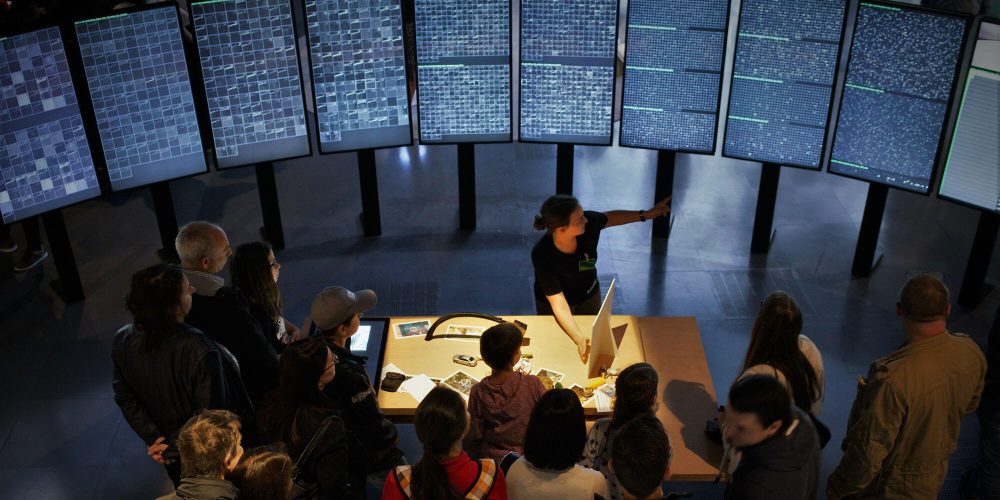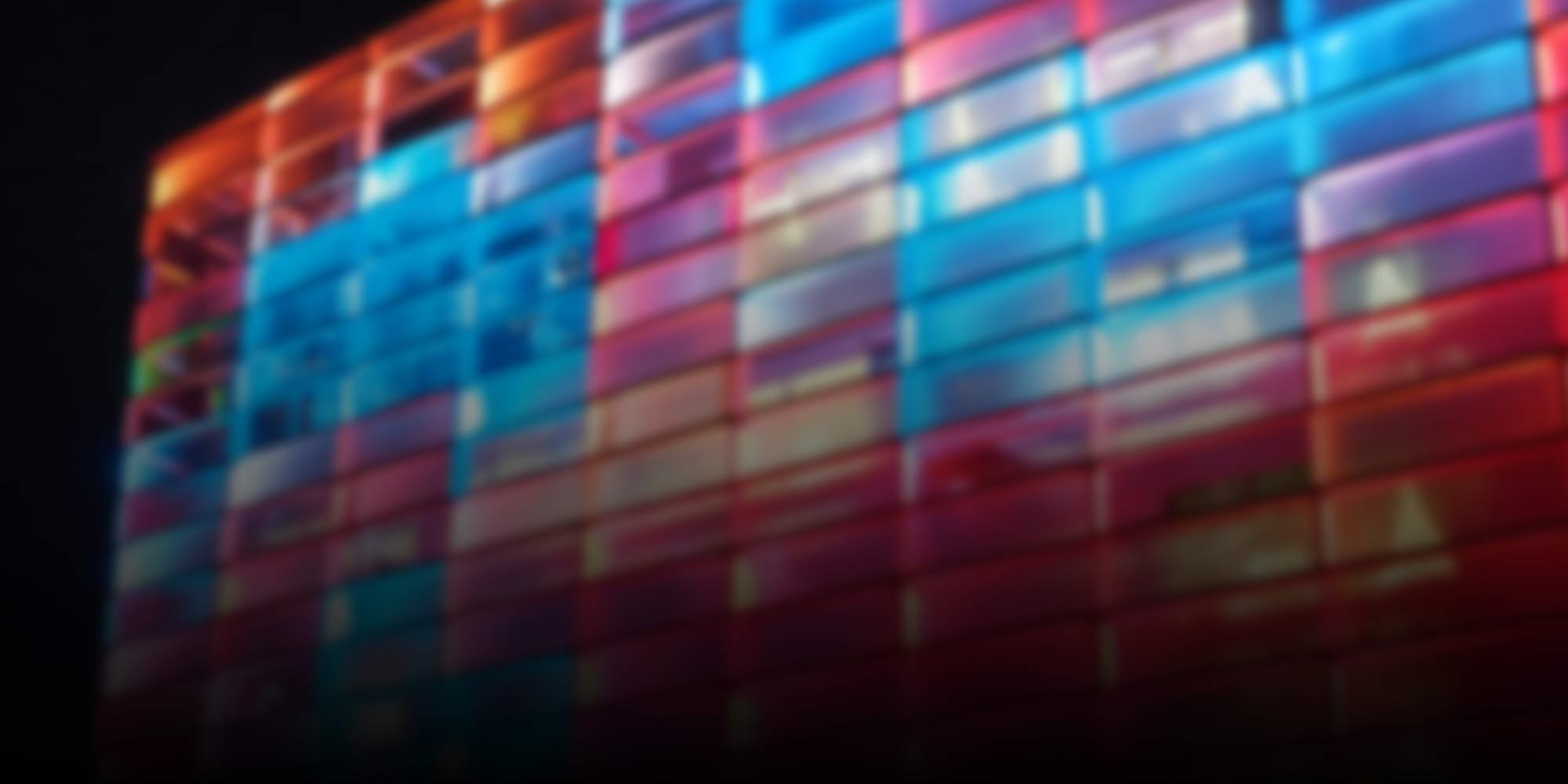
Technology
-
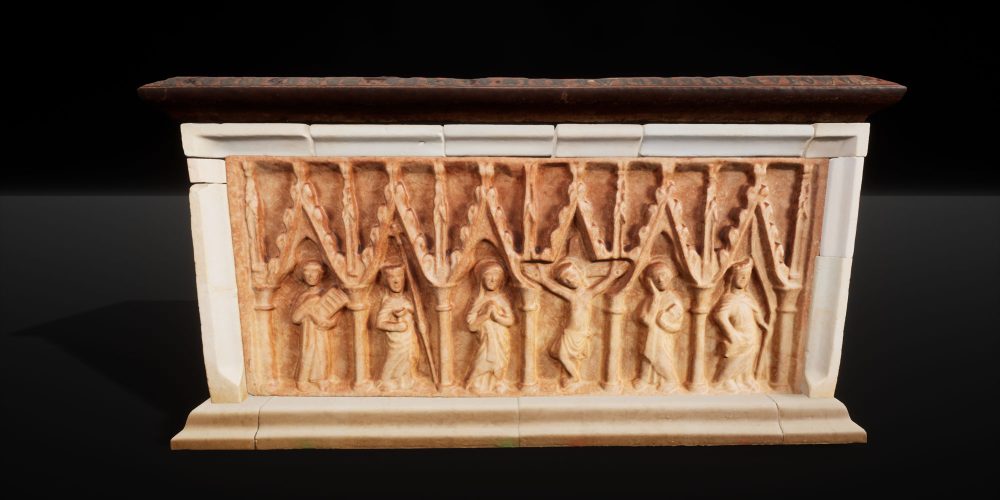
Digitization of cultural heritage
For the most recent digitization project, too, a Gothic tomb from the collegiate church of Wilhering, researchers of the Ars Electronica Futurelab successfully used the non-contact method of photogrammetry.
-
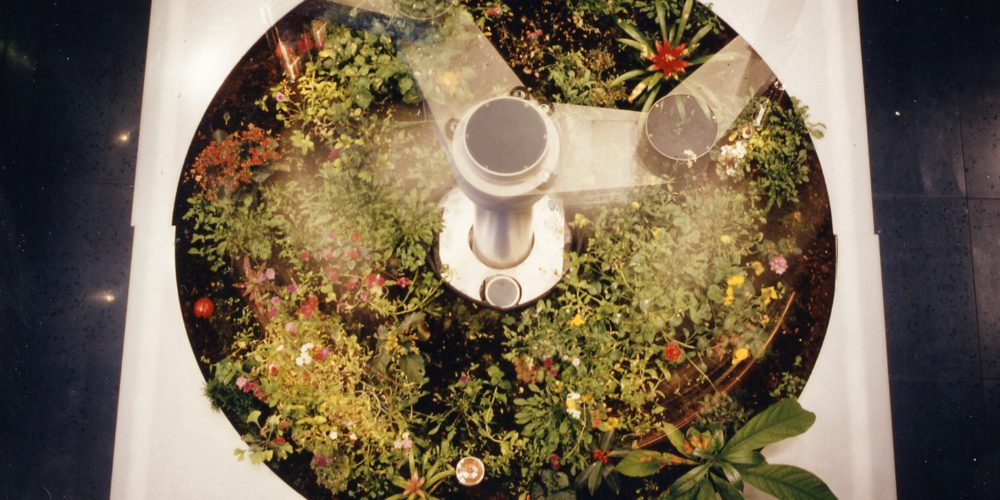
Throwback: Telegarden
The Telegarden was an art installation that allowed web users to plant, water, and monitor the progress of seedlings in a garden from a distance.
-
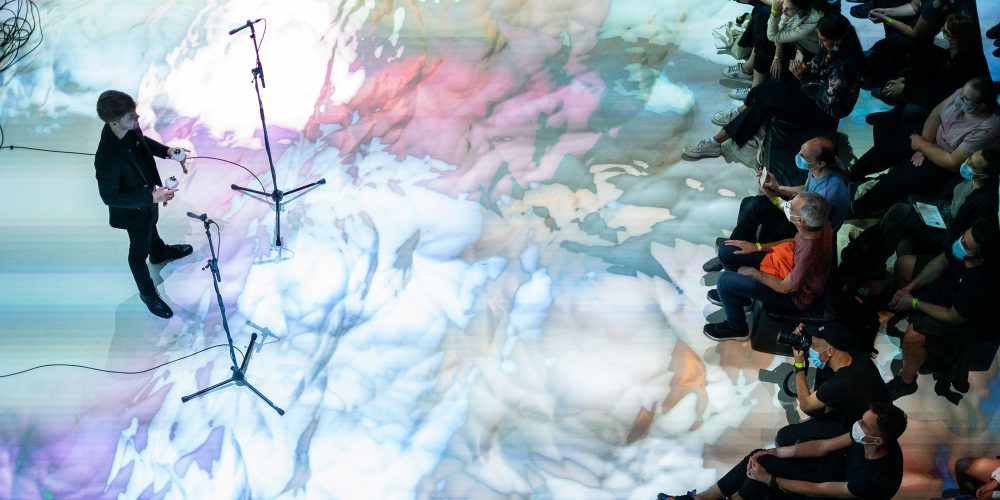
Temazcal – The art of percussion
An acoustic, visual and digital interpretation of Javier Alvarez’s “Temazcal” for maracas by percussion artist Elliott Gaston-Ross to live visuals by Florian Berger.
-
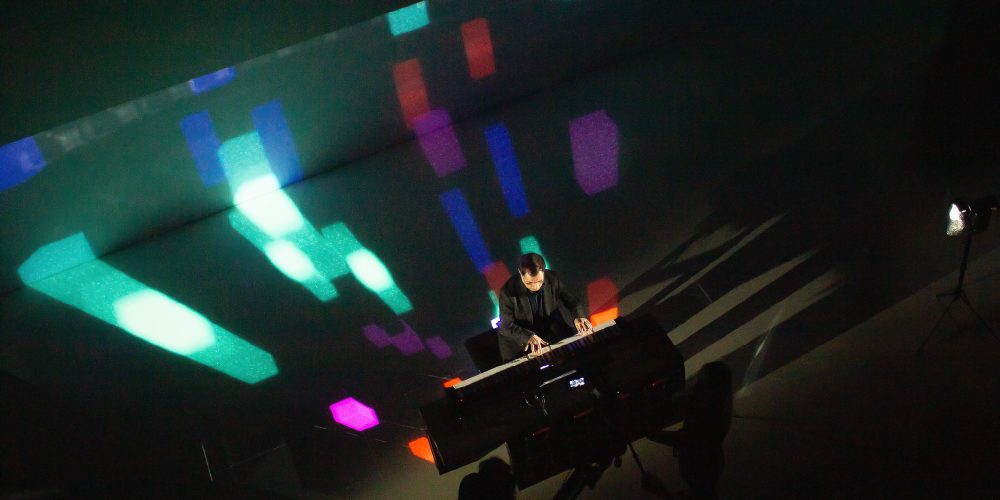
Sounding Letters – AI and human intelligence in concert
There have been many attempts to express music in words. But what happens when you transform a sequence of letters into music with the help of Artificial Intelligence?
-

Deepfake: When the Moon Landing failed
Halsey Burgundy and Francesca Panetta discovered the prepared speech for U.S. President Nixon in the archives and recreated it in a deceptively realistic way.
-
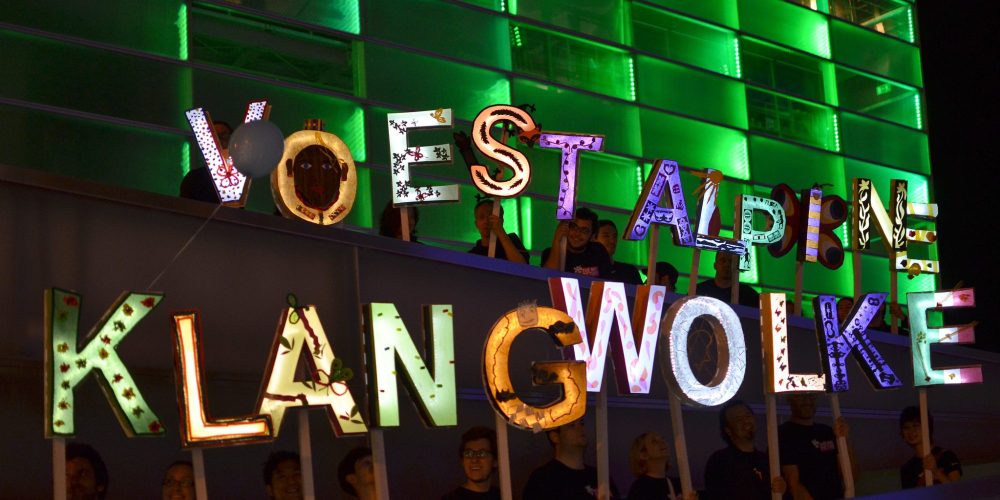
Throwback: The Cloud in the Web
33 years after the very first Linzer Klangwolke in 1979, which marked the beginning of the Ars Electronica Festival, Ars Electronica got the chance to create the 2012 Klangwolke.
-
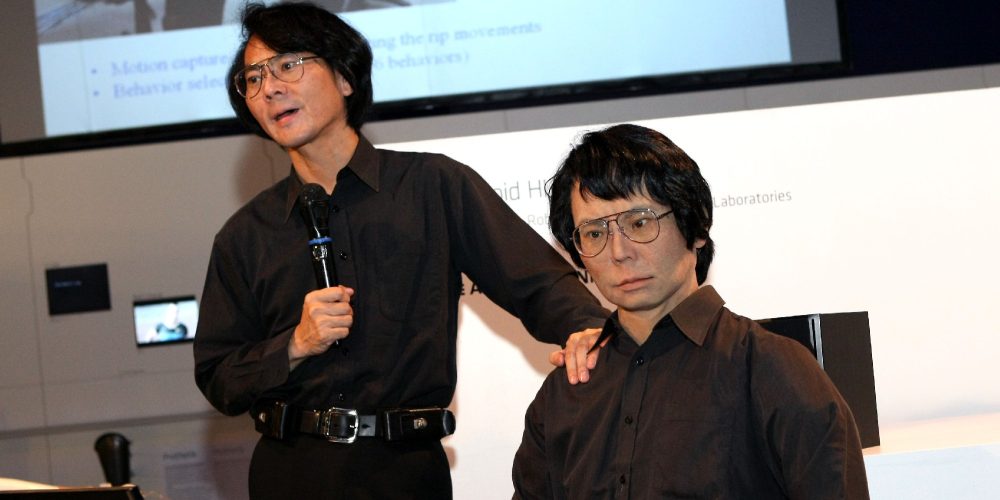
Throwback: Robots and Androids are among us
In 2009 and 2010, the Ars Electronica Center had special visitors of a somewhat different kind.
-
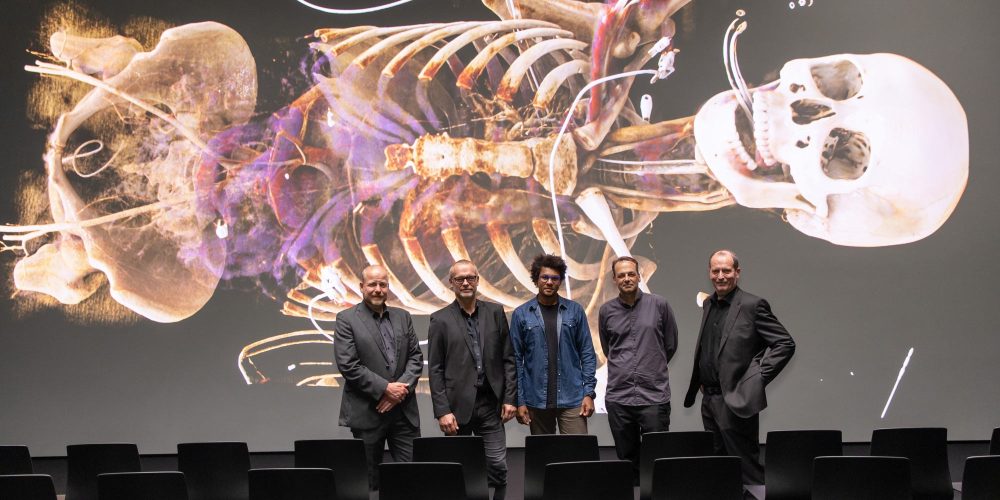
The Future of Medical Studies, Today
What the medical studies of the future look like? Find out with “Virtual Anatomy” at the new JKU medSPACE, developed by the Ars Electronica Futurelab: high-resolution anatomy in 3D, where you can zoom and rotate down to the smallest blood vessel.
-

Deep Space LIVE: TEXTA “Mehr oder Weniger”
TEXTA gave an upfront presentation of the new album “Mehr Oder Weniger” at Deep Space 8K on October 1 – accompanied by live visuals of the collective “Tagtool”.
-
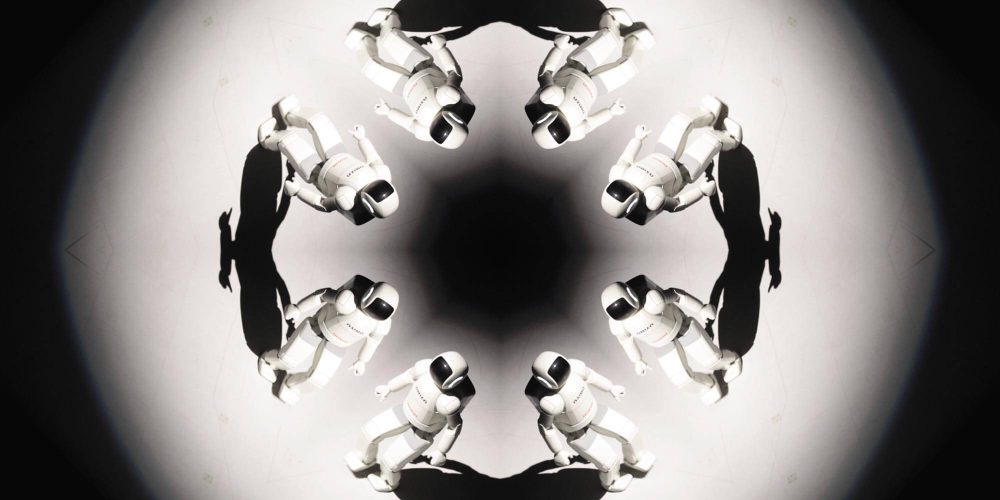
Humanity and Robotinity
A society that is changing along with its technology needs a new form of humanity
-
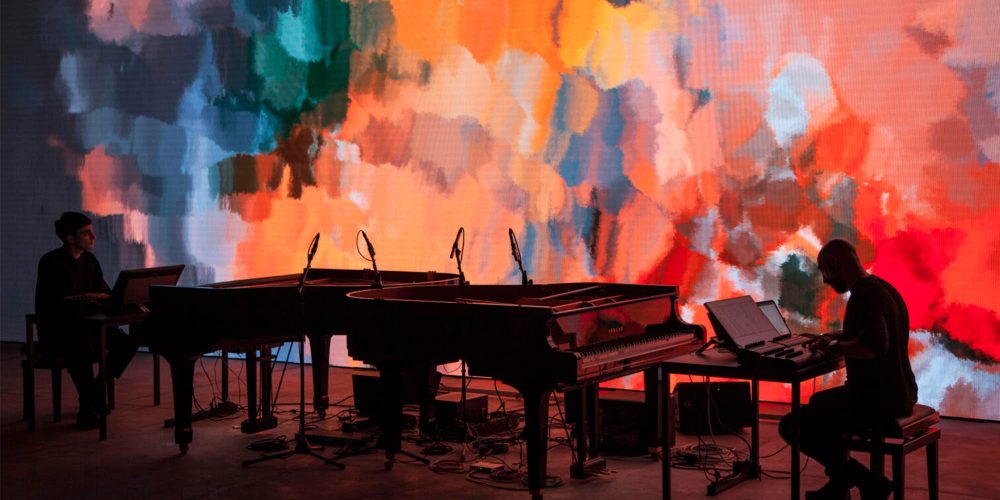
Deep Space 8K: Festival Highlights
It’s time again to introduce you to the spectacular Deep Space 8K festival program! Whether it’s visionary ideas for the future or artistic visualizations on the big screen, there’s something for everyone.
-
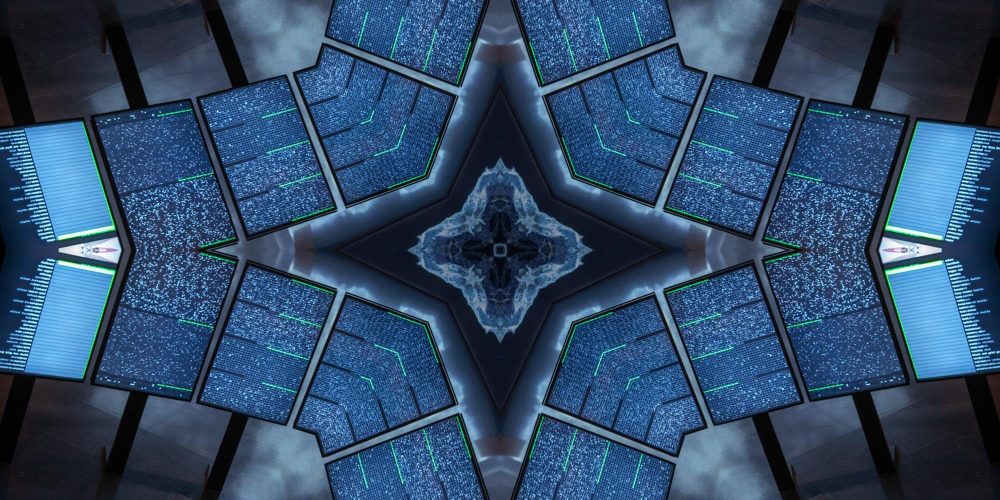
Creative (Artificial) Intelligence
What differentiates analog from digitally generated work?
-
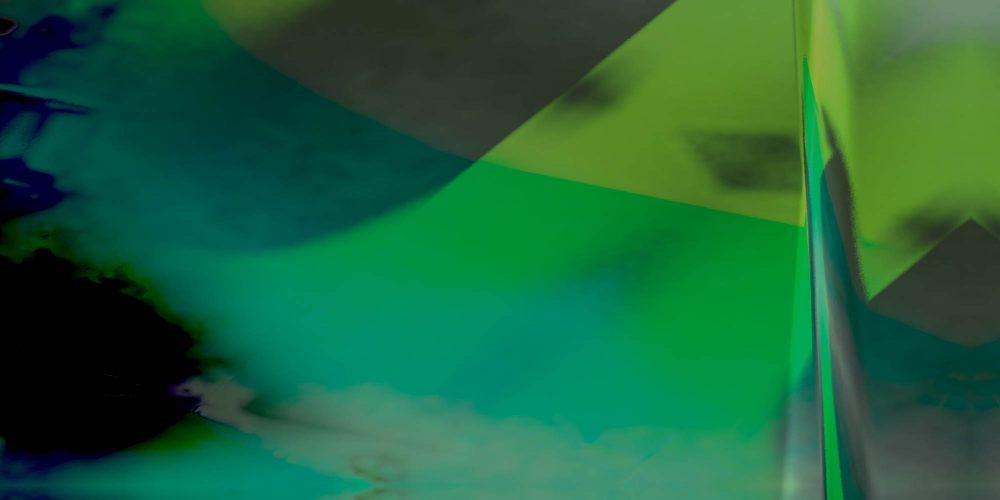
Nocturne 2021: the Pandemic on big screen.
An extraordinary artwork, created in an extraordinary period. Nocturne brings the time of the Pandemic in the Deep Space 8K.
-

“Rethinking GUERNICA” inside Deep Space 8K
For the first time, Pablo Picasso will visit us at the Ars Electronica Center. His work “Guernica” will be presented in Deep Space 8K at this year’s Ars Electronica Festival, and Michaela Wimplinger tells us how it was made possible.
-

Images of fear and glimmers of hope – new technology is possible
A wide variety of projects at this year’s Ars Electronica Festival on the theme of “Another Tech is possible” demonstrate how new technologies and inventions can help us to deal with challenges in the future.
-
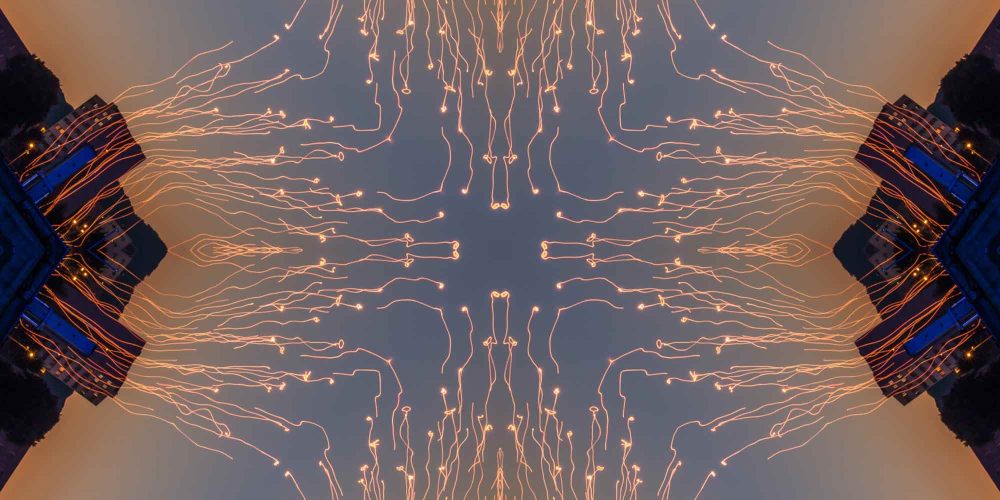
The Art of Swarms
The Spaxels were just the beginning of a long journey into the future of the Ars Electronica Futurelab
-
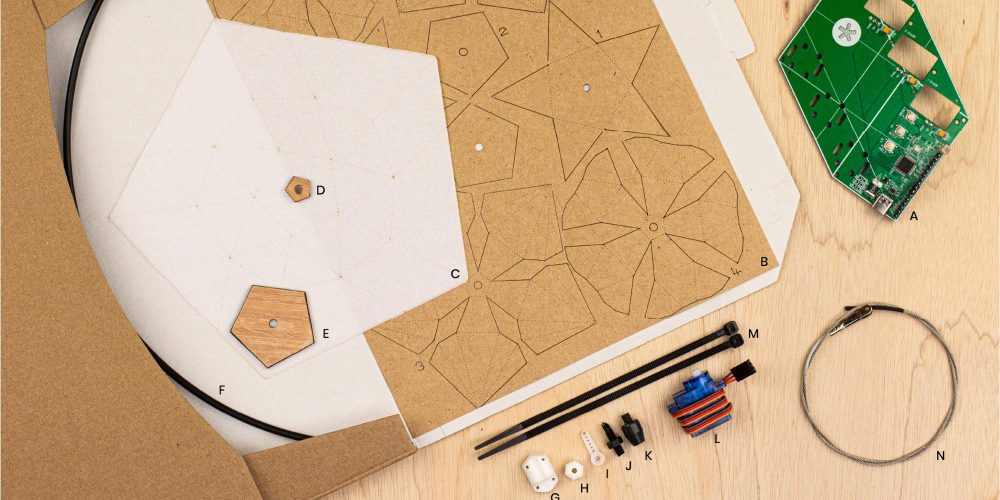
ORIBOKIT™ How to build robotic origami
With Oribokit™, a DIY kit for origami robots, Matthew Gardiner aims to collectively cross the boundaries between art and science towards the future.
-
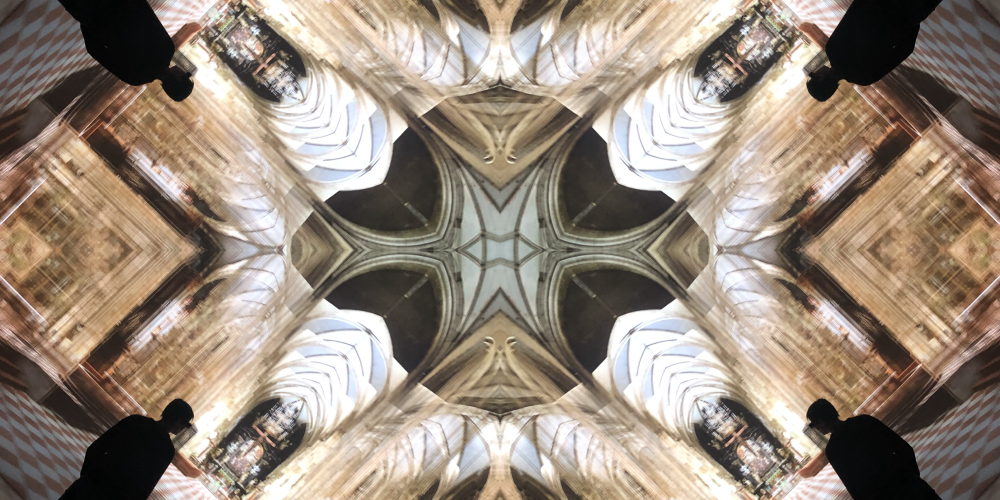
Virtual Worlds
Innovative concepts for hybrid environments
-
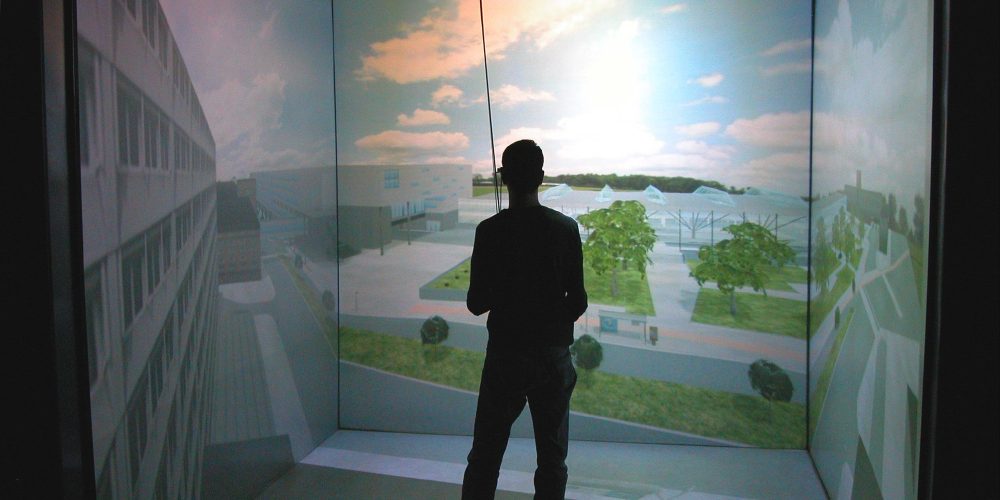
Throwback: The CAVE
In 1996, the CAVE, a room in which you can fly through the air, was created in the recently opened Ars Electronica Center.
-
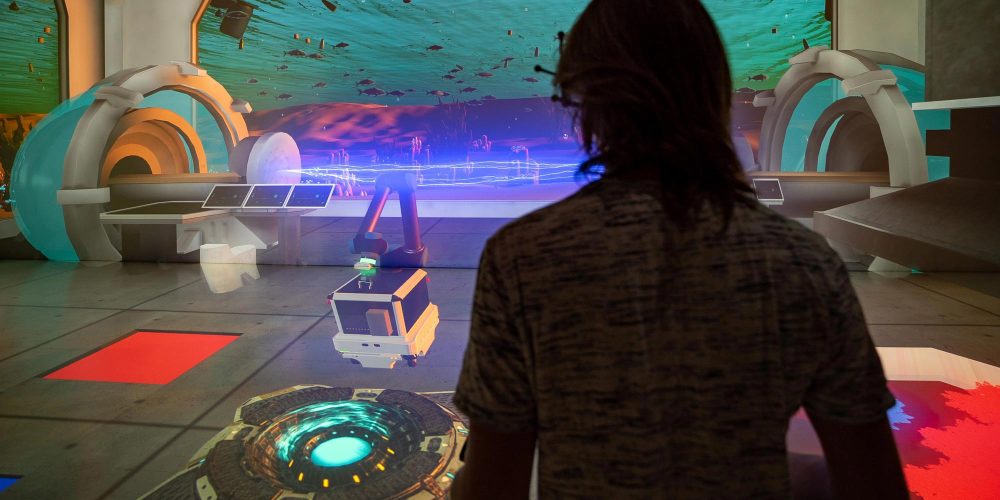
Why trust robots?
When humans and robots work side by side, it’s not always easy.
-
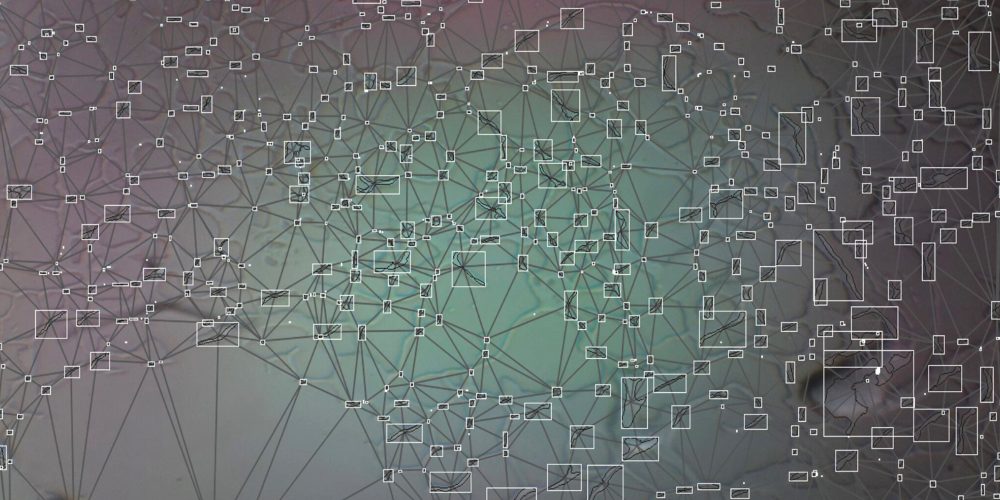
Artificial intelligence as a meta-researcher
An international collective experimenting between art and science. A multidisciplinary educational organization to explore the origin and nature of life in the universe and the evolution of intelligence. The beginning of a wonderful friendship.
-
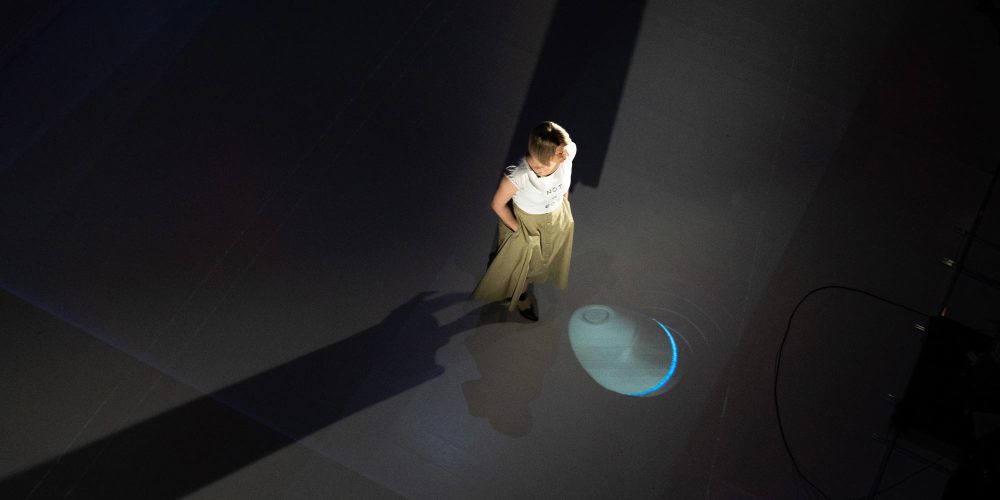
Humans, robots and the future of work
We’ve pinned our hopes for the future on them, but also regard them with suspicion: Robots will soon be part of our daily lives.
-
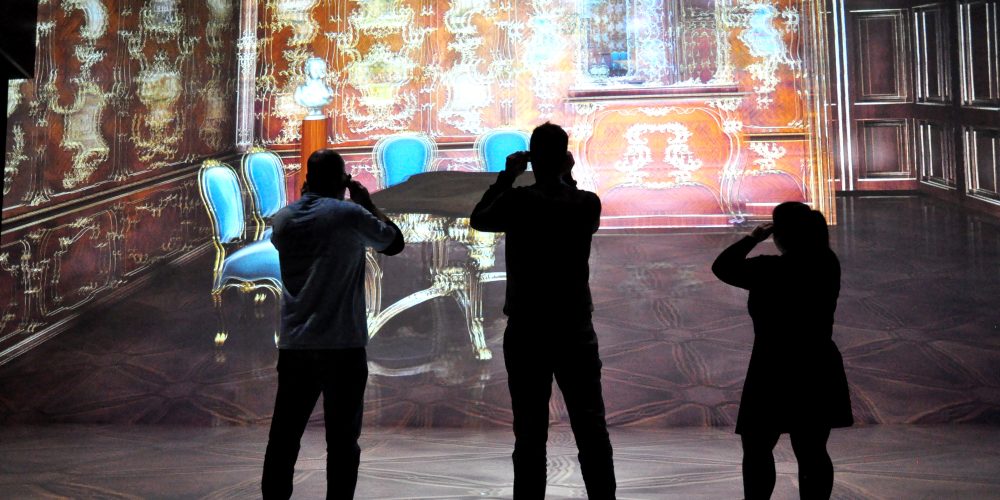
The Language of Virtual Realities
In a virtual world, we can simulate truths that would be unimaginable in real life, explore incredible activities, and collaborate with others in a way that goes beyond physical interaction.
-
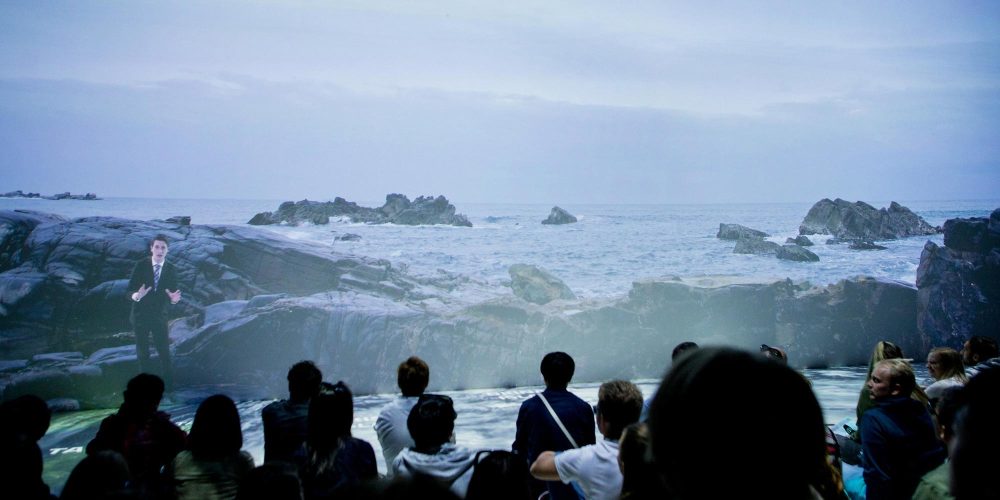
Resonant Media – How 8K can affect perception and emotion
Visual media make the invisible visible; document, capture, make emotional. They capture the moment for eternity.
-
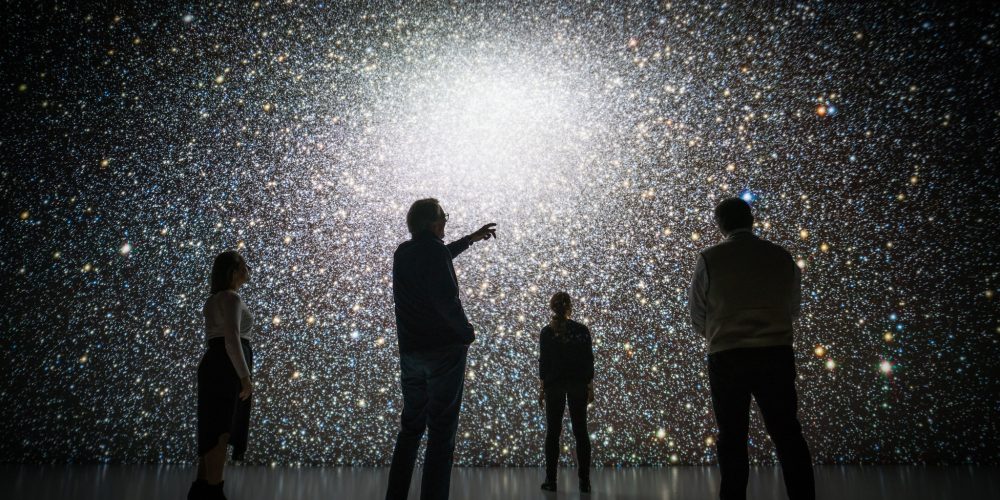
Galaxies and black holes
What is the origin of life? What is the origin of the universe? Where do we come from and where are we going? Questions that have preoccupied mankind for millennia, and it doesn’t look like they will be solved soon. For a wonderfully playful perspective, artists are now joining in.
-
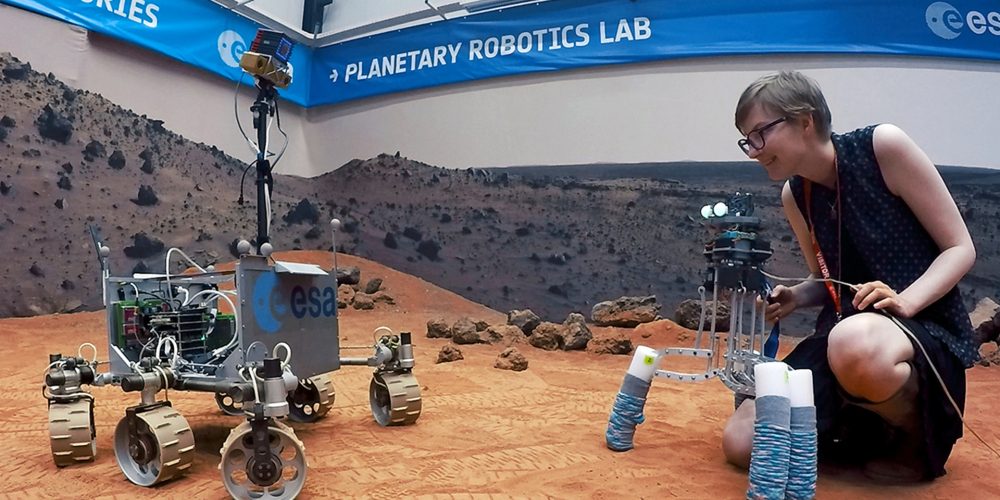
Step into Space
Wanted: Our place in the universe. Found: A team that combines humans and AI to answer fundamental questions. Sarah Petkus and Mark J. Koch aim to educate artificial intelligence to become an individual.
-
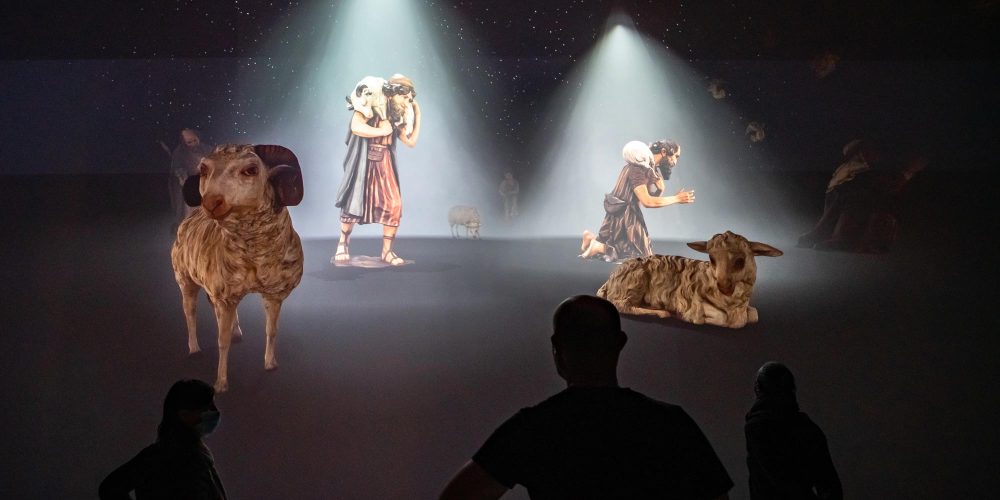
Virtual Christmas
The Christmas story is probably one of the best known and most frequently recited stories in the world. It is not only the story of biblical expectations for the future, but also the story of the origin of our society. This year, it’s becoming virtual reality in the crypt of the Mariendom in Linz and…
